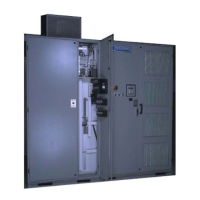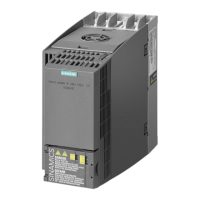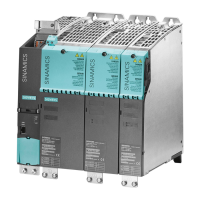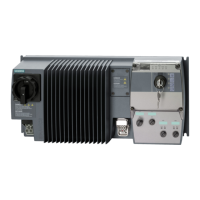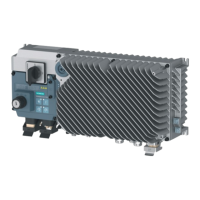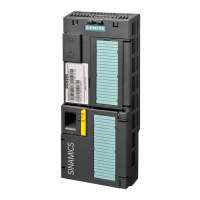The PLC has full knowledge of any oscillations in the conveyor belt between multiple stands, and
pre-calculates the damping signals needed and appear in the form of a current level. In return,
the PLC then transmits these signals to each drive for use in the control algorithms.
Note
Coordination and calculation of the damping signals
The system integrator has sole responsibility of determining PLC cycle timing requirements
necessary for desired system response, and determining signals needed for desired system
response. For best eectivity, the slow loop timing is the minimum requirement.
Communications must not be hampered by the typical polling nature of the current
communications networks, as they will not be fast enough to eectively counter oscillations in
the cables. This breaks down into two components – the network speed, for which the drive has
no control, and the reading and response to the damping signals.
To achieve the 10 msec bandwidth of the desired damping response, the original
communication thread of the drive is enhanced. This is the purpose of the Fast Network Access.
Speed
Input
Ramp
Speed
Regulator
(PI)
Torque
Current
Limits
~
~
Figure 8-33 Saturated Speed Loop
Since the data is read and scaled from the direct call in the slow loop, it becomes immediately
available to the associated control algorithms. There is no lag in coordinating two
unsynchronized threads in the control.
The gure "PLC-based Active Damping" depicts a control diagram in this mode. The two PLC
inputs are shown on the far left.
Advanced Operating Functions
8.23 Conveyor Applications
NXGPro+ Control Manual
Operating Manual, A5E50491925A 331
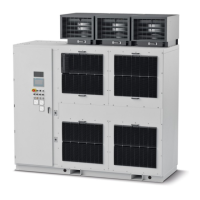
